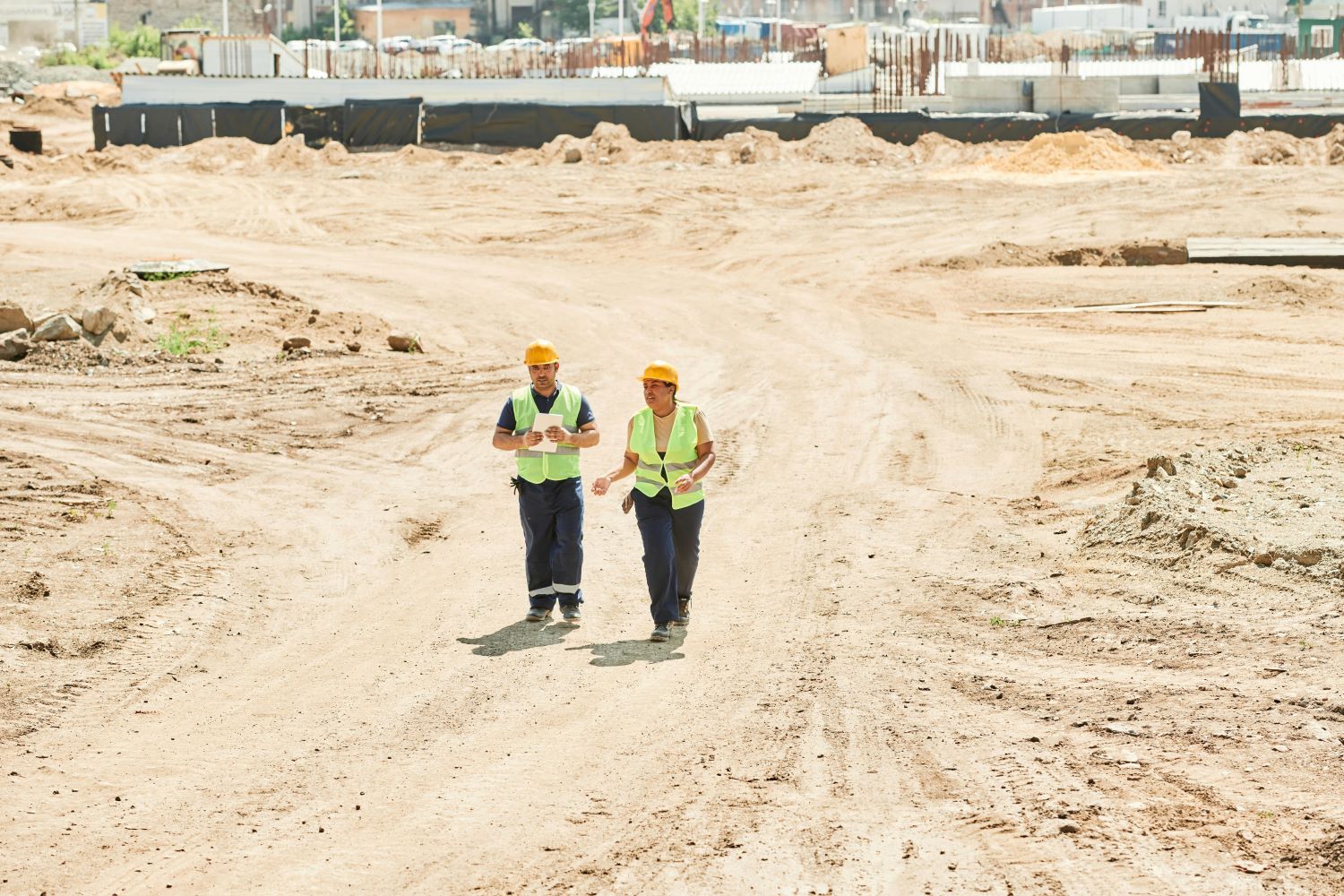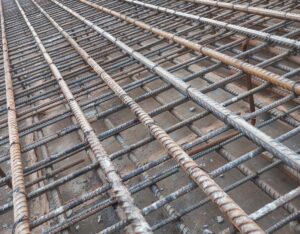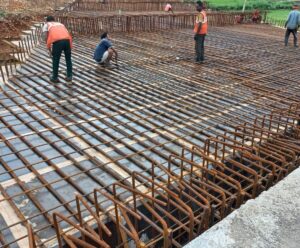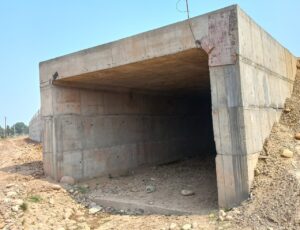Reinforced cement concrete is a type of concrete that contains reinforcement, usually steel. Essentially, rCC concrete is a mixture of cement, sand, crushed stones, aggregates, water, and chemicals. Among these components, only the chemical components are harmful to human skin. In this article, we will discuss how and why reinforced cement concrete is harmful to your skin and what precautions you should take to protect your skin from the harmful effects of RCC.
why should we use chemicals in RCC concrete
Chemicals are used in reinforced cement concrete (RCC) for several important reasons:
Improved Workability: Chemicals like plasticizers and superplasticizers enhance the workability of the concrete without adding extra water, making it easier to mix, transport, and place.
Increased Strength: Certain chemical admixtures, such as accelerators, can increase the early strength of concrete, allowing for faster construction times and earlier removal of formwork.
Durability: Chemicals like waterproofing agents and corrosion inhibitors help protect the concrete and reinforcement from water penetration, chemical attacks, and rust, thereby extending the lifespan of the structure.
Reduced Setting Time: Accelerating admixtures can decrease the setting time of concrete, which is beneficial in cold weather conditions or when rapid construction is necessary.
Using these chemicals helps achieve the desired performance characteristics of RCC, ensuring that the concrete meets the specific requirements of different construction projects.
why RCC concrete is harmful for skin
Reinforced cement concrete (RCC) can be harmful to the skin due to several reasons:
Chemical Burns: The cement in RCC contains alkaline substances like calcium oxide. When mixed with water, it forms calcium hydroxide, which is highly alkaline and can cause chemical burns upon contact with the skin.
Irritation and Dermatitis: Prolonged or repeated exposure to wet concrete can lead to skin irritation and dermatitis. The chemicals in concrete, such as hexavalent chromium, can cause allergic reactions in some individuals.
Drying and Cracking: The abrasive nature of cement particles can lead to drying and cracking of the skin. This is especially true when hands and other body parts are not properly protected and moisturized.
Understanding these risks is crucial for taking appropriate precautions to protect your skin when working with RCC.
precaution against RCC concrete
To protect yourself from the harmful effects of RCC (Reinforced Cement Concrete) on your skin, follow these precautions:
Wear Protective Clothing: Always wear long-sleeved shirts, long pants, and waterproof gloves when handling or working with wet concrete. Use boots that cover the ankles to prevent contact with your feet and lower legs.
Wash Immediately: If your skin comes into contact with wet concrete, wash the area immediately with plenty of clean water. Use mild soap to ensure all concrete and chemicals are removed from your skin.
Moisturize oil use: After washing, apply a good quality moisturizer to keep your skin hydrated and to repair any damage caused by the concrete.
Wear Safety Gear: In addition to gloves and boots, consider wearing safety goggles and face masks to protect your eyes and respiratory system from concrete dust and splashes.
By following these precautions, you can significantly reduce the risk of skin damage and other health issues associated with working with RCC.
conclusion
In conclusion, while reinforced cement concrete (RCC) is a vital material in modern construction, it poses significant risks to human skin due to its chemical components. Taking proper precautions, such as wearing protective clothing, using barrier creams, and promptly washing exposed skin, can mitigate these harmful effects. Awareness and education about the potential dangers and necessary safety measures are crucial for anyone working with or around RCC. By prioritizing skin protection and following safety guidelines, we can ensure a safer working environment and prevent long-term skin damage caused by exposure to RCC.
What is the disadvantage of RCC?
The primary disadvantage of RCC is its susceptibility to cracking due to shrinkage and temperature changes. Additionally, the steel reinforcement can corrode over time if not properly protected, leading to structural weakness and increased maintenance costs.
What are the problems with RCC?
Problems with RCC include its heavy weight, which requires strong foundations, potential for corrosion of steel reinforcement, and susceptibility to cracking. These issues can lead to increased construction costs, maintenance challenges, and potential safety hazards.
What are the effects of concrete?
Concrete has environmental impacts due to high carbon dioxide emissions during production. Its impermeability can lead to poor drainage and increased surface runoff. Additionally, concrete can cause urban heat islands, raising temperatures in city areas.
What are the side effects of cement roads?
Cement roads can cause increased surface runoff, leading to potential flooding. They also contribute to urban heat islands, raising local temperatures. Additionally, the rigid surface can cause discomfort for drivers and increased wear on vehicles over time.





[…] lastic and give a strong stability to concrete. with the help of Perma Acrylic Bond Repair (PABR) chemical concrete set as very […]